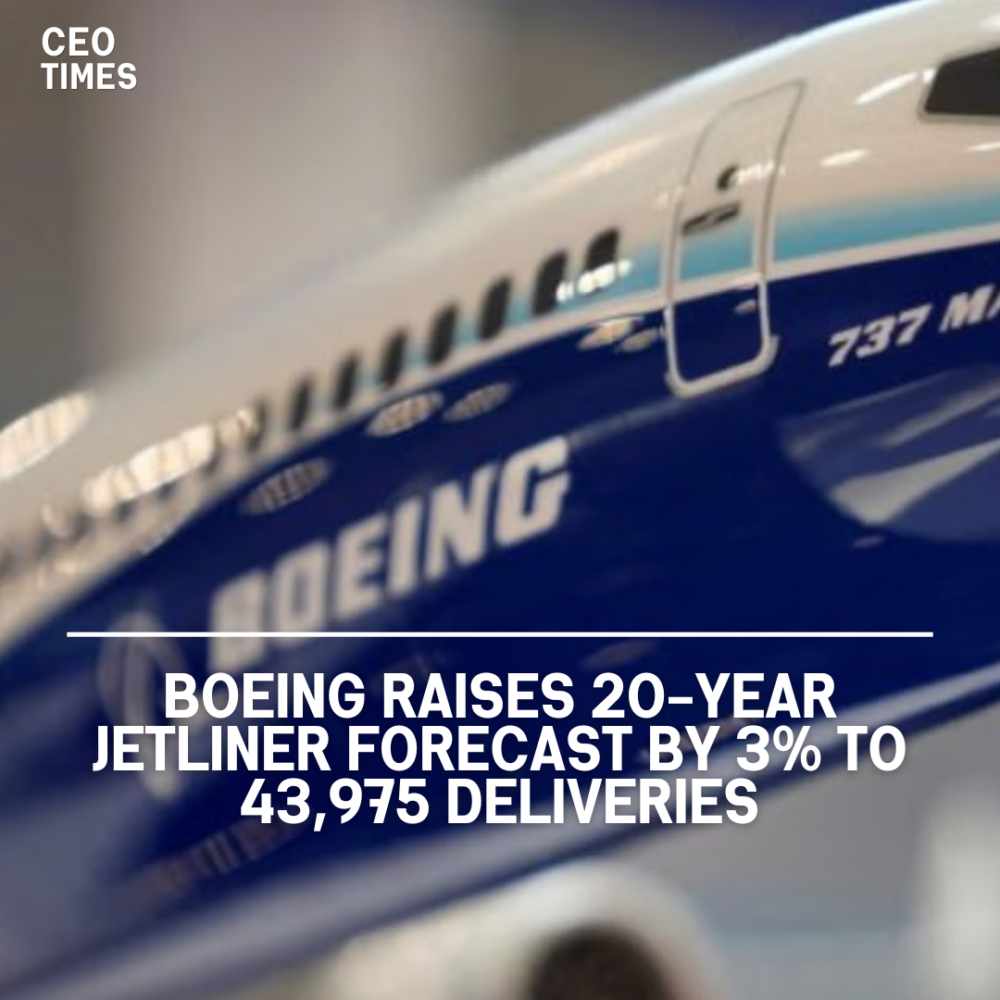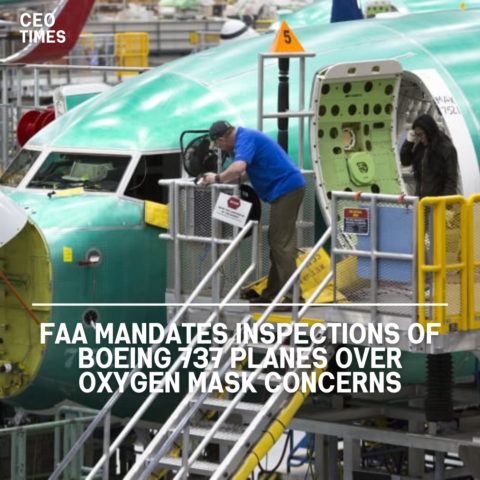U.S. planemaker Boeing has raised its industry-wide annual 20-year forecast for new jetliner deliveries by 3%, now predicting 43,975 deliveries. This increase is driven by robust passenger demand, rising airline competition, and the need to replace older, less efficient planes.
Post-Pandemic Recovery and Challenges:
The pandemic hardly impacted the aviation industry, which saw a collapse in air travel, followed by a sharp rebound. This recovery has led to labor and parts shortages, and supply chain issues, leaving manufacturers like Boeing and Airbus struggling to meet significant demand. Airlines face multi-year waits for new airplanes.
Farnborough Air Show Forecast Update:
Boeing updated its forecast on the eve of the Farnborough Air Show, which opens on Monday outside London. According to Darren Hulst, Boeing’s vice president of commercial marketing, the retirement rates of older airplanes dropped by half over the last four years due to the lack of new aircraft entering the market. This issue is expected to be addressed in the medium to long term as supply constraints ease.
Single-Aisle Aircraft Dominance:
Boeing projects that single-aisle airplanes will account for 33,380 deliveries, representing 76% of the forecasted demand. Deliveries from now until 2043 are expected to include 8,065 widebody planes, 1,525 regional jets, and 1,005 freighters. Approximately half of the new jet delivery choices replace older ideals, while the other half will expand airlines’ fleets.
Boeing predicts the global aircraft fleet will nearly double over the next 20 years, rising from about 26,750 jets in 2023 to 50,170 by 2043. The company has also raised its industry-wide passenger traffic forecast growth rate to 4.7%.
Safety and Production Challenges:
Boeing has faced a safety crisis since January following an in-flight emergency involving an Alaska Airlines 737 MAX 9. The Federal Aviation Administration (FAA) took the unprecedented step of halting Boeing’s expansion of 737 MAX production until it was satisfied with the company’s quality and safety improvements.




















